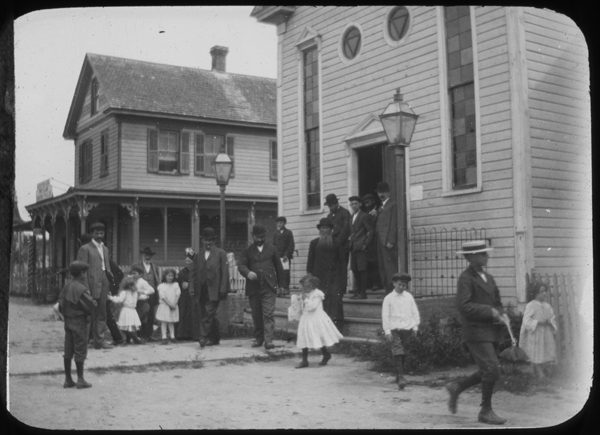
The Jewish people have a knack of borrowing things from other nations and “Judaizing” them. That cultural pattern began in Babylon. For example, in the Five Books of Moses and until the Babylonian exile the months were called by a Hebrew number: for example, the “First Month,” the “Second Month,” etc. However, the names we use now like Tishrei, Kislev, Tammuz, etc. are all Babylonian. Even more strangely, Tammuz, which takes place in the heat of the summer, was the Babylonian god of fire, whom they burned children to. It is even mentioned in the Bible as the name of one of their gods. Yet, it became a part of Jewish life.
As the minority culture Jews were always affected by the majority culture. However, they were able to absorb it in such a way as to make it Jewish. That process began in Babylon. The classic example of this is Jewish adaption of the host country’s language. Yiddish, the language of Eastern European Jewry, is a borrowed German dialect. Ladino is the equivalent for Sephardic Jews (Jews who once lived in Spain). Jews also borrowed dialects from the Turks, Arabs and everywhere else they went.
In their long march through history, Jews have carried with them a lot of different languages. A Jew by nature is a linguist. He had to be in order to survive.
The Yiddish language started about the year 1100 CE in Germany. By the time the Jews came to Poland in numbers, in the 1300-1400s, Yiddish had become their spoken language. In Poland they added some Polish words; in Russia they added Russian words — but Yiddish was by then a distinctly Jewish language.

Yiddish was unique in that for 500 years it was the exclusive language Jews used; they never really learned the language of the land. In Germany, the Jews spoke German. In France, Jews spoke French. But in Poland and Eastern Europe they spoke only Yiddish. Many times, non-Jews had to learn Yiddish just to deal with the Jews, because the Jews would not learn Polish, Russian or Lithuanian except in the most elementary way, enough to sell a cow. No one thought of learning it.
Yiddish was more than a language to Jews. It presupposed the knowledge of the Bible, Midrash and Talmud. It presupposed a moral world. It had tremendous humor built into it. It reflected a Jewish outlook on the world and its neighbors. Through knowledge of the language, its idioms and clichés, one could be a scholar even if one had not learned much.
Part of the tragedy of the demise Yiddish in our times is that, with its virtual disappearance, a great deal of the fiber of Judaism has been lost — not only to the unobservant but even to those that remain loyal to Torah. There is a certain feeling, an aura and understanding that could only be expressed through Yiddish. Yiddish was the repository of the Jewish soul.










